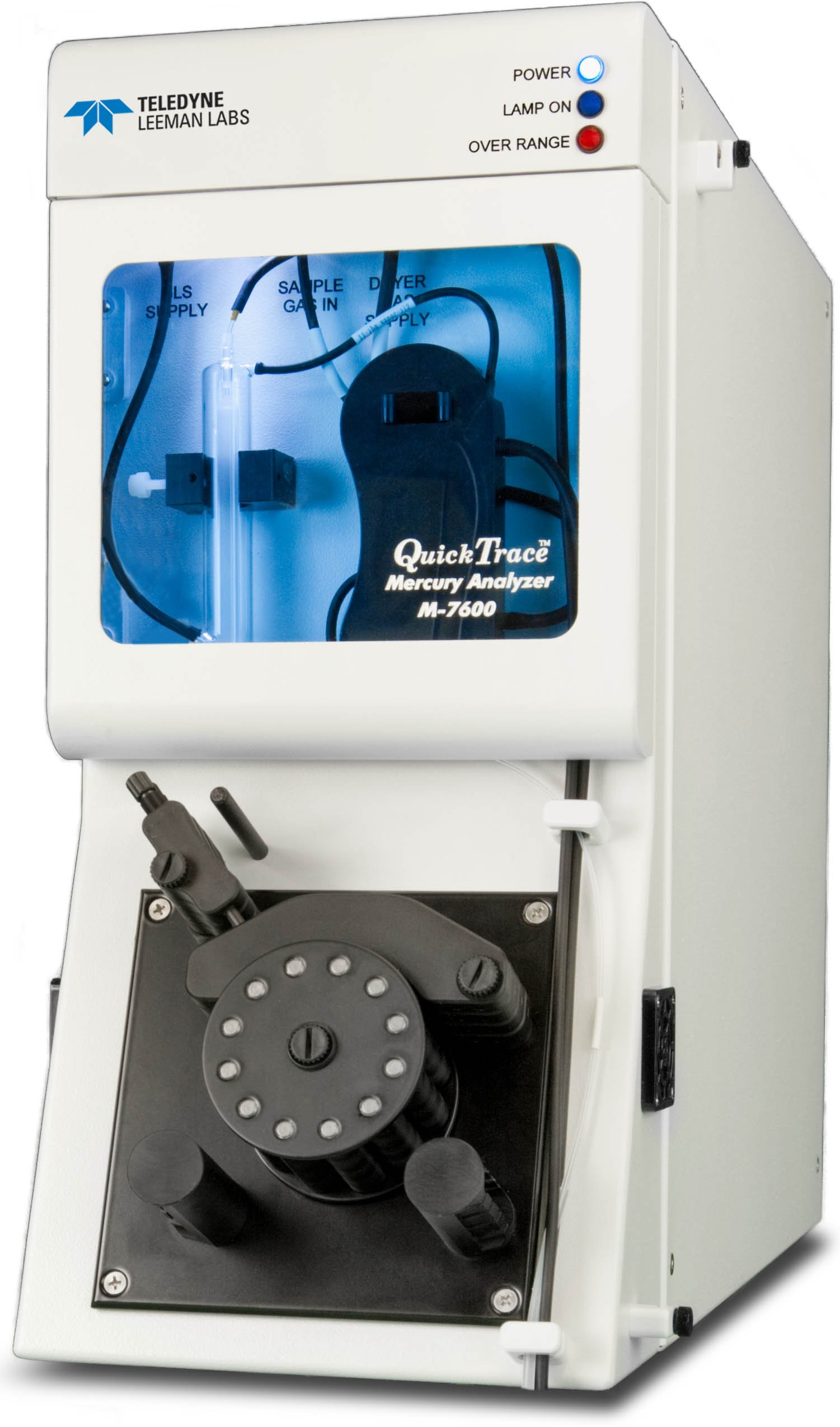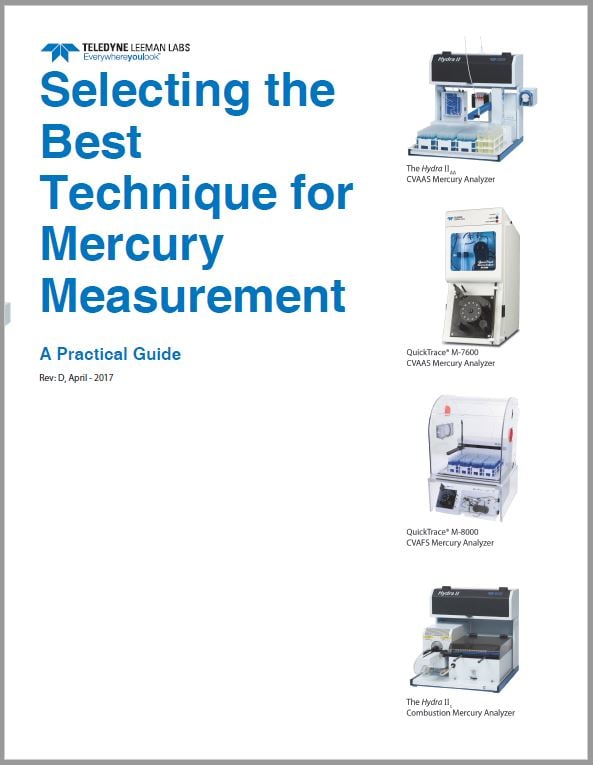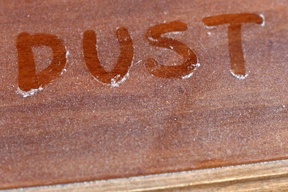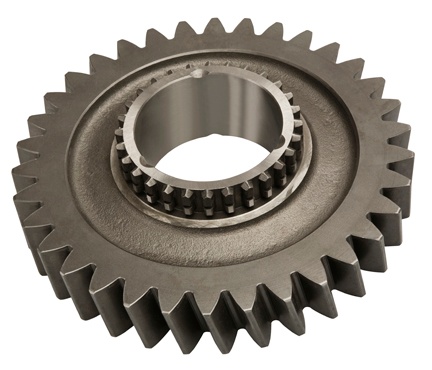Cold Vapor Atomic Absorption Spectroscopy or CVAAS is one of the primary techniques for mercury analysis. Introduced in 1968 by Hatch and Ott, CVAAS is now the reference method for drinking water monitoring under the Safe Drinking Water Act passed in 1974, and amended in 1986 and 1996. The technique was introduced to the market following the first commercially available atomic absorption spectrometer, which measures quantities of chemical elements present in environmental samples.
Atomic Absorption Spectrometry (AAS) determines the quantities by “measuring the absorbed radiation by the chemical element of interest. This is done by reading the spectra produced when the sample is excited by radiation.”[i] CVAAS was born when Hatch and Ott used an attachment for a flame atomic absorption spectrophotometer that enabled the reduction of Hg2+ in a solution to ground state atoms (Hg0). The ground-state mercury atoms were then transported to an optical cell and detector for measurement. Shortly after Hatch and Ott introduced the technique to the market, the United States EPA adopted CVAAS for the determination of mercury in water, soil and fish.
Read More









